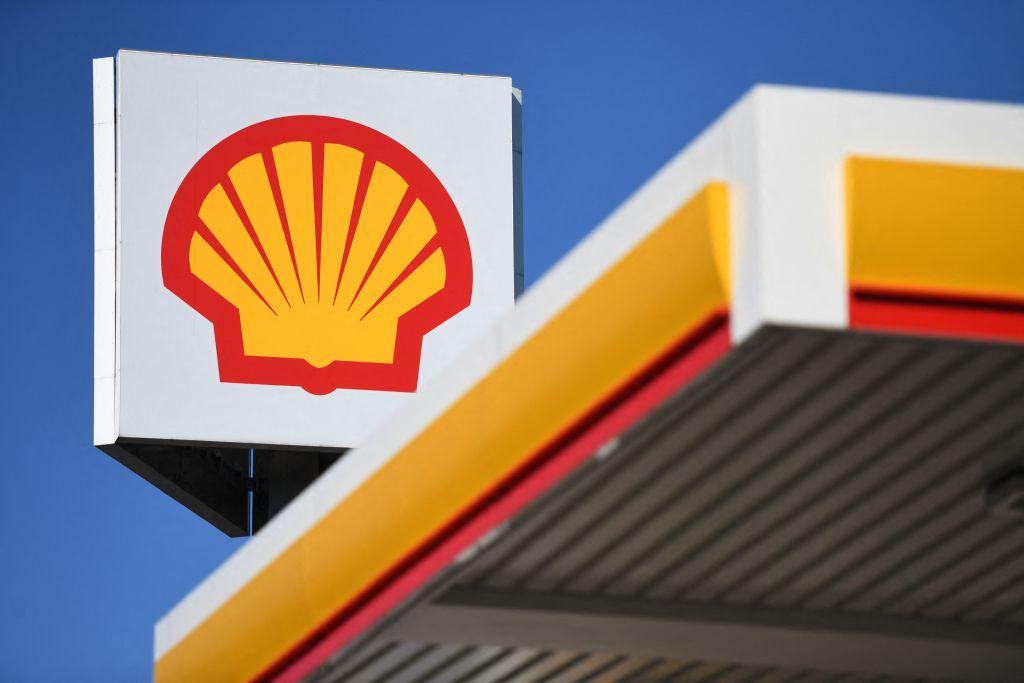Global energy giant Shell has lifted its suspension on new gas contracts to Australian businesses a week after the competition watchdog warned it would penalise companies that breach the temporary gas price orders.
Following a near six-week freeze on gas talks in response to the federal government’s emergency cap on wholesale gas prices at $12 per gigajoule, Shell is offering an additional eight petajoules of gas to the domestic market.





